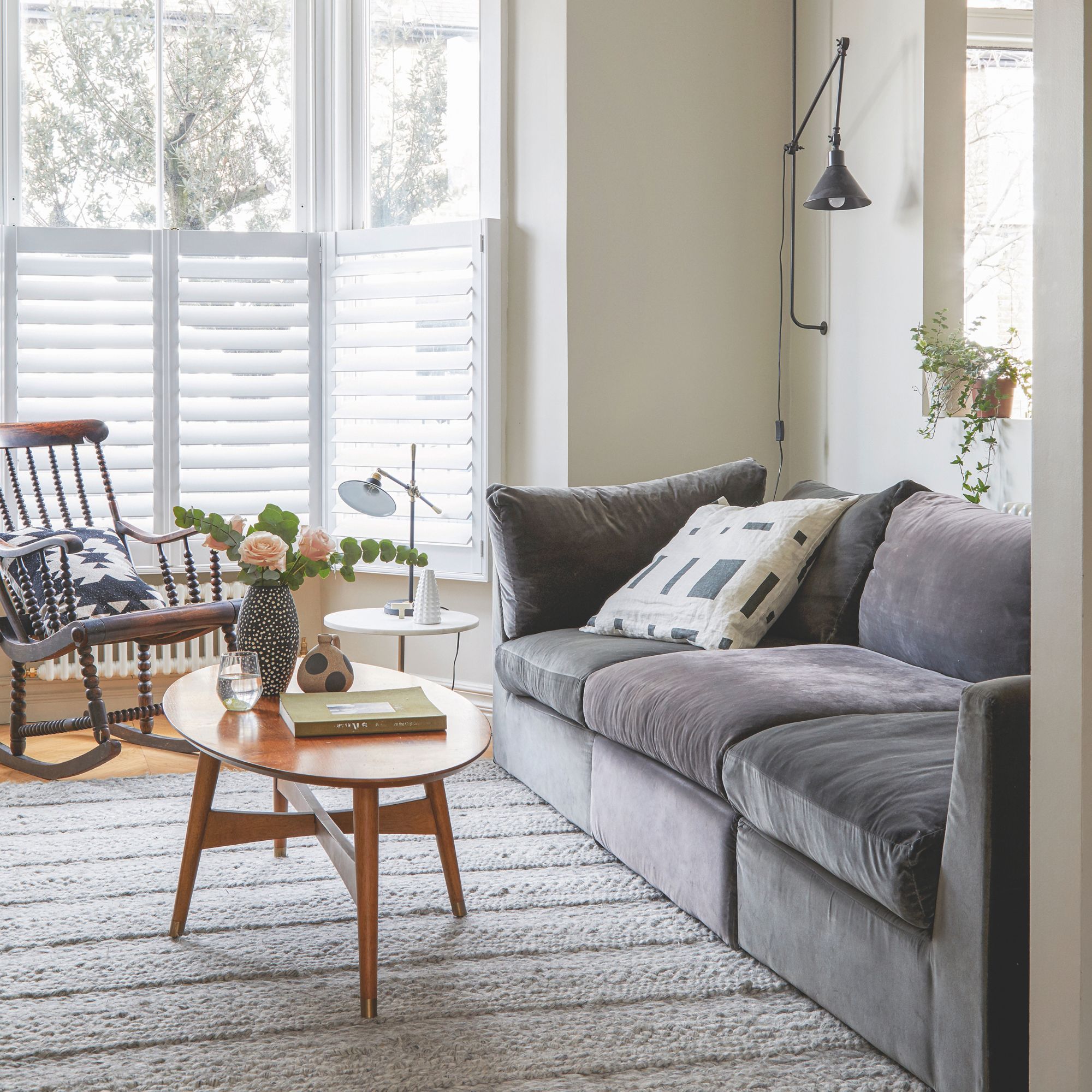
Dust is a year-round nuisance, with most people stuck between a rock and a hard place every season. After all, dust can enter your home in the summer through open windows and doors, but keeping them closed during the winter months can make dust build up even worse. That’s why everyone needs to know how to get rid of dust.
Of course, dusting may already be part of your cleaning calendar — but you're not alone if you feel like your home is still full of dust. Almost every household struggles with a dust build-up at some point, with the collection of skin cells, pollen, bacteria, and more making a house look and feel dirty. In extreme cases, excess dust can lead to breathing difficulties and even dust mites.
As you can imagine, cleaning your home more regularly is one of the best ways to get rid of dust, but there are other ways to do this, too. Below are seven alternatives to dusting that will leave your home dust-free and even prevent future build-up so you can keep your house squeaky clean throughout the year.
1. Vacuum regularly
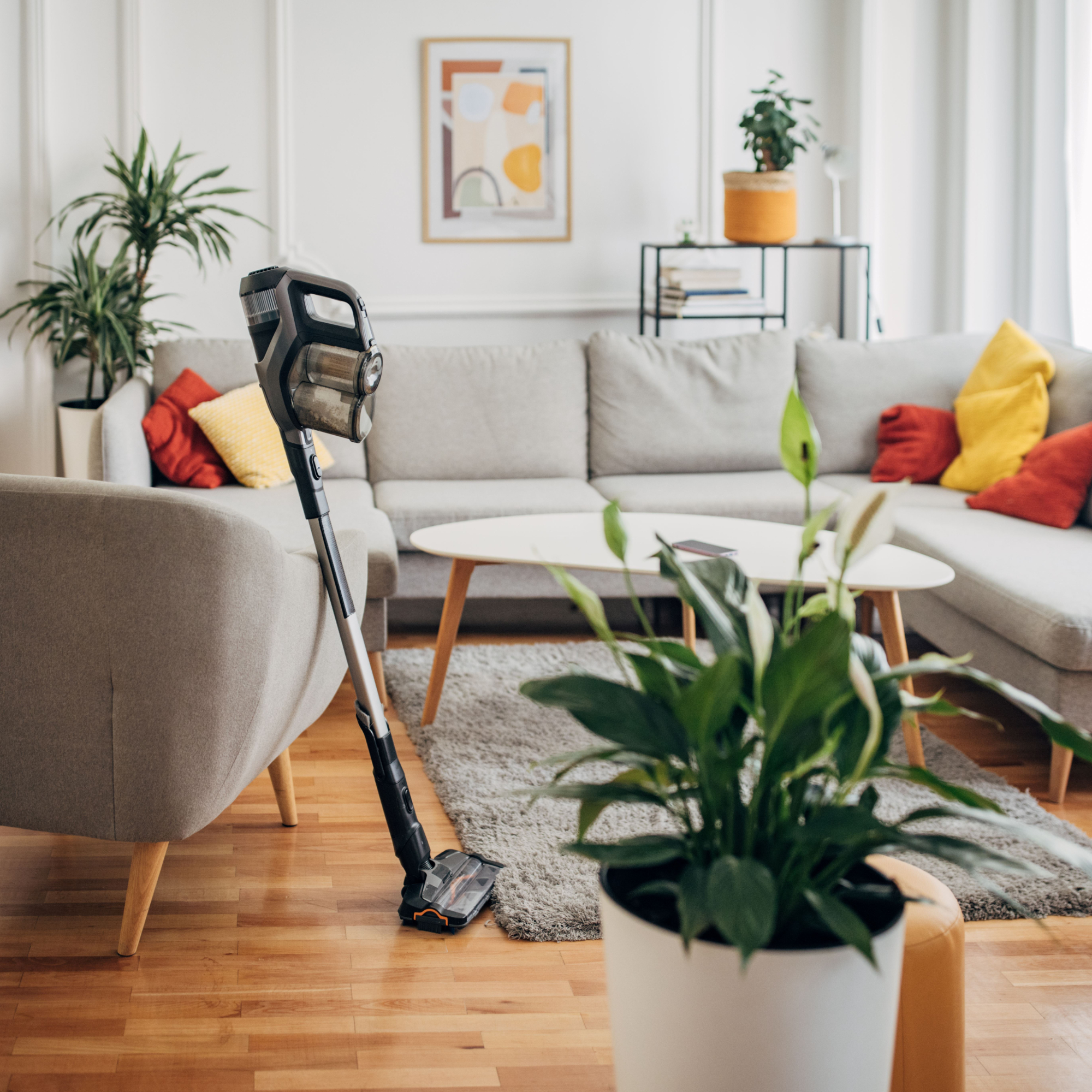
You probably don’t need me to tell you that general cleaning and using one of the best vacuum cleaners in your home is key to getting rid of dust in a room, but it’s important to note that vacuum cleaners also have the potential to spread dust — especially if your technique isn’t quite right or your vacuum cleaner is old. That’s why it’s so important to know precisely how to vacuum and how to clean a vacuum cleaner so you’re not making matters any worse.
If you have a particularly dusty home and want to get rid of dust and prevent future build-up, your choice of vacuum cleaner also matters. As Ideal Home’s Certified Expert in Training for vacuums, I’d suggest buying a vacuum cleaner with smart features that will make removing dust a breeze. For example, you could buy a vacuum cleaner with auto-dust detection or lasers that showcase invisible dust to the eye.
It’s also worth opting for a vacuum with a HEPA filter, as this will ensure that the dust remains captured and contained instead of being released back into the air while vacuuming.
This vacuum has been crowned the 'best overall' in our guide, and for good reason. It detects dust better than any vacuum we've tested and it's Dyson's most powerful HEPA cordless vacuum — making it ideal for picking up and capturing dust.
2. Try damp dusting
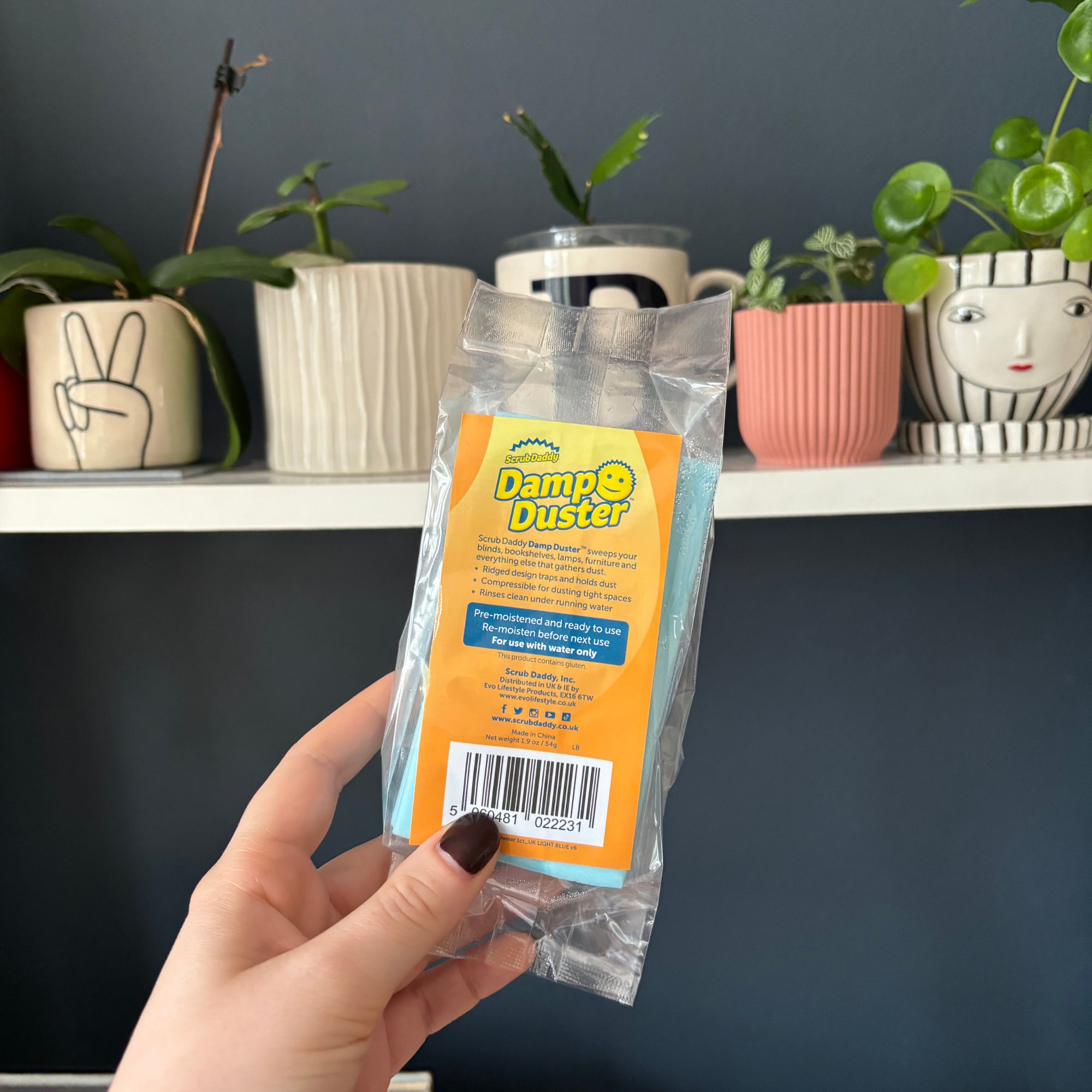
The right products will be your best friends when learning how to get rid of dust, as many products simply move the dust around rather than capture it. And while microfibre and electrostatic dusters are generally considered the crème de la crème for capturing dust, it’s also worth trying damp dusting.
A few months ago, I tested three different dusting tools in my home and found the Scrub Daddy Damp Duster to be superior… by a mile. And I’m not the only one who loves it, either. As well as going viral on TikTok and other social media platforms, Ideal Home’s Deputy Editor, Rebecca Knight, has also been converted to the world of damp dusting.
Why? Because wet dusting always picks up more dust than dry dusting, and the moisture coupled with the grooves of the Scrub Daddy Damp Duster allows all of the dust to be collected on the product. This means it won’t kick back into the air and can be removed entirely from your home.
Shadmaan Kadeer, director of the fabric supplier Poundametre, also adds, ‘I recommend starting from the highest surfaces, like shelves and light fixtures, before working your way down; this saves you from having to re-clean areas.’
This rippled cleaning sponge must be moistened before each use to soften the foam and has been designed to collect and trap dust in one quick wipe. Then, you simply wash it under the tap again to remove the dust.
3. Invest in an anti-static spray

For the most part, anti-static sprays are used on clothes — but what many people don’t realise is that you can also use an anti-static cleaner for dust.
Leah Aspinall, head of design at Blinds 2go, is particularly fond of this product — especially when it comes to cleaning blinds. She says, ‘An anti-static spray is one of my go-to hacks. A light spritz after cleaning can help repel dust, keeping your blinds cleaner for longer. And if you don’t have anti-static spray, a fabric softener diluted in water can do the trick.’
Of course, using an anti-static spray will only repel dust and won’t remove it from the room completely. That’s why the next tip is equally as important.
You can create a dust-repelling film that will keep your home dust-free by spraying an anti-static spray on surfaces around the house. It's super easy to use and can also be used on your clothes!
4. Use an air purifier
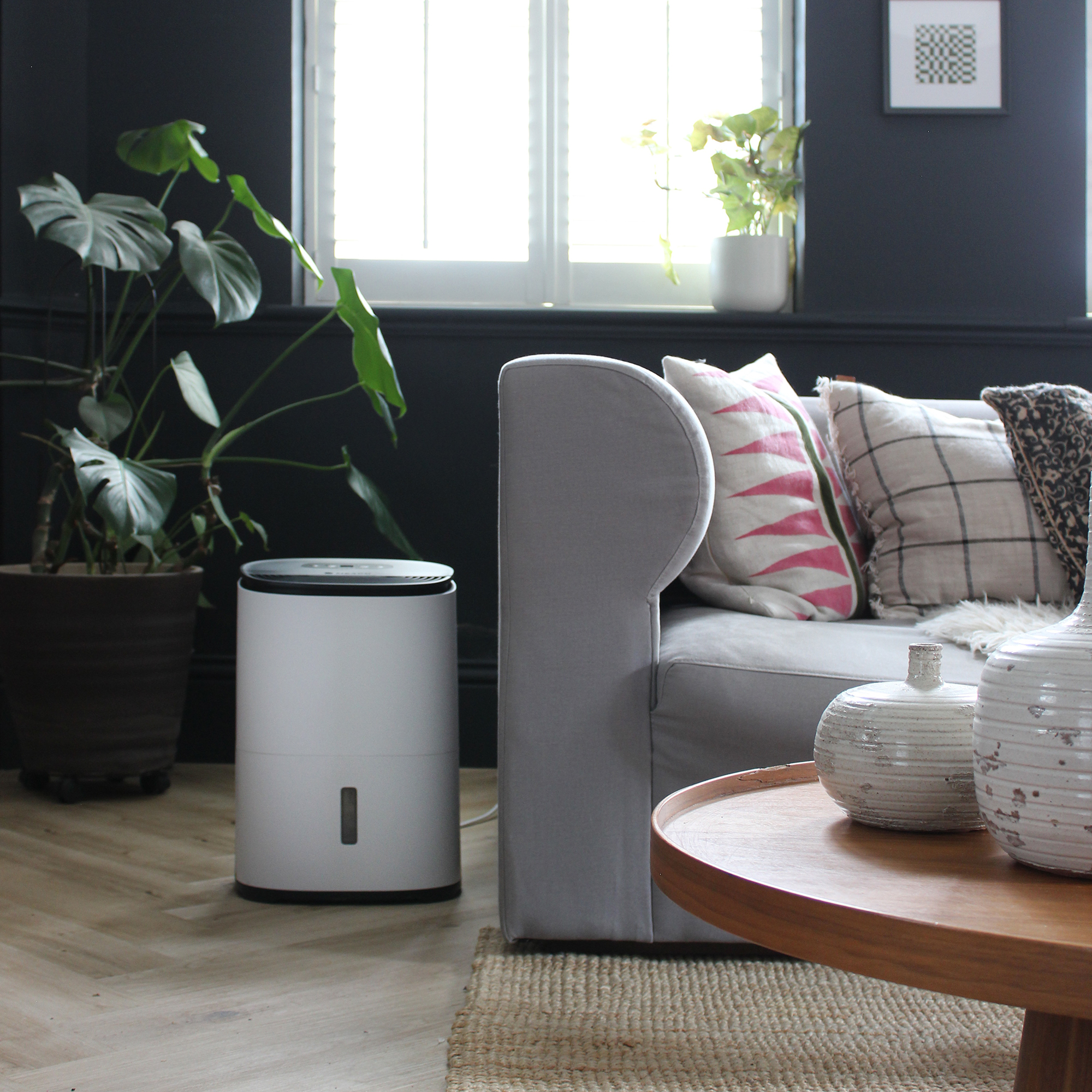
The best air purifiers are a welcome addition to any home, and anyone who owns one will tell you that air purifiers are well worth the hype — especially if you're wondering how to get rid of dust in a room. That’s because these handy appliances can trap all kinds of airborne nasties in your home, from pollen to pet dander and dust. They’ll do this by sucking in the air and filtering out the fresh, clean air from the airborne particles.
It’s important to note that an air purifier doesn’t stop dust completely, though. This is echoed by Chris Michael, managing director of Meaco, who says, ‘An air purifier will not stop the creation of dust, but it will help to capture dust that is within its reach. It is not a replacement for dusting, though, and there will be some left in areas that are outside of its influence.’
You’ll also need to keep cleaning your air purifier if you want it to continue getting rid of dust in your home, as a clogged filter or dirty sensor will drastically improve its effectiveness.
This product offers the best of both worlds, as it's both an air purifier and a dehumidifier. This is extremely handy when trying to get rid of dust, as dust mites thrive in moist environments. So, this offers a two-in-one solution.
5. Seal entry points

Most people seal entry points in their homes to prevent draughts and stop warm air from escaping, but doing this can also get rid of dust in the home. After all, cracks and gaps in entry points welcome all kinds of dust and other airborne particles into your space.
This is echoed by Johanna Constantinou, interior trends expert at Tapi, who says, ‘Gaps and cracks around doors and windows are common pathways for dust particles. Installing weatherstripping around these areas can create a tight seal, preventing dust from slipping through.’
‘Additionally, attaching door sweeps to the bottom of exterior doors can block dust from entering underneath. By addressing these entry points, you can significantly decrease the amount of dust that makes its way into your home.’
Thankfully, these items are affordable, and Ideal Home’s Managing Editor, Thea Babington-Stitt, swears by this £12 insulation tape in her draughty Victorian flat.
At just £12 for 20m of the sealing tape, this product is well worth it. You can use it around your doors and windows and stop any pesky dust from making its way inside. Plus, you can keep the heat in.
6. Introduce a ‘no-shoe’ policy
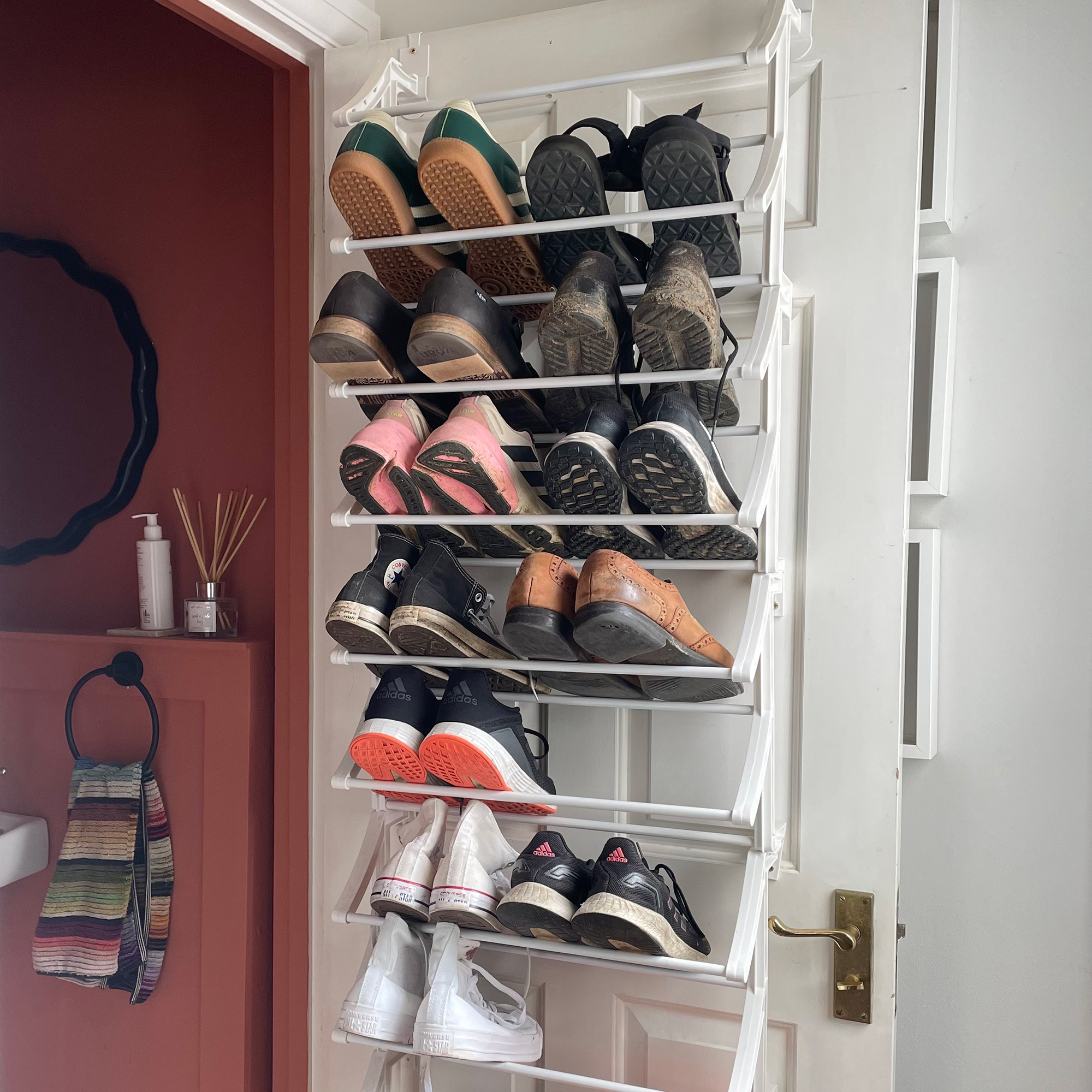
As someone who has hard flooring throughout the downstairs of my home, I never take my shoes off at the door as I know I can simply vacuum or mop the dirt I bring in. But what I’ve not realised (until now) is that I’m not just bringing in clumps of mud… I’m also bringing in dust.
That’s why Johanna says, ‘One highly effective method to reduce dust in your home is to implement a strict "no-shoe" policy. Shoes can track in a significant amount of dust, dirt, and other outdoor contaminants, which can then spread throughout your home.’
‘By removing shoes at the entrance, you can drastically cut down on the amount of dust introduced into your living space. Place a shoe rack or storage bench near the entrance to encourage family members and guests to remove their shoes as soon as they enter. You could also provide slippers or indoor shoes for comfort and convenience.’
Ideal Home’s Editor-in-Chief, Heather Young, has found the ultimate shoe storage solution for her family — and the over-the-door shoe rack doesn’t take up any extra space, either. So, you could follow suit to ensure your family don’t bring any dirt or dust into your home.
This rack hangs over your door with adjustable hooks, with additional fixings to the door itself. And if every member of your family uses it, you should be able to drastically reduce the amount of outside dust that's brought into your home.
7. Make the most of plants
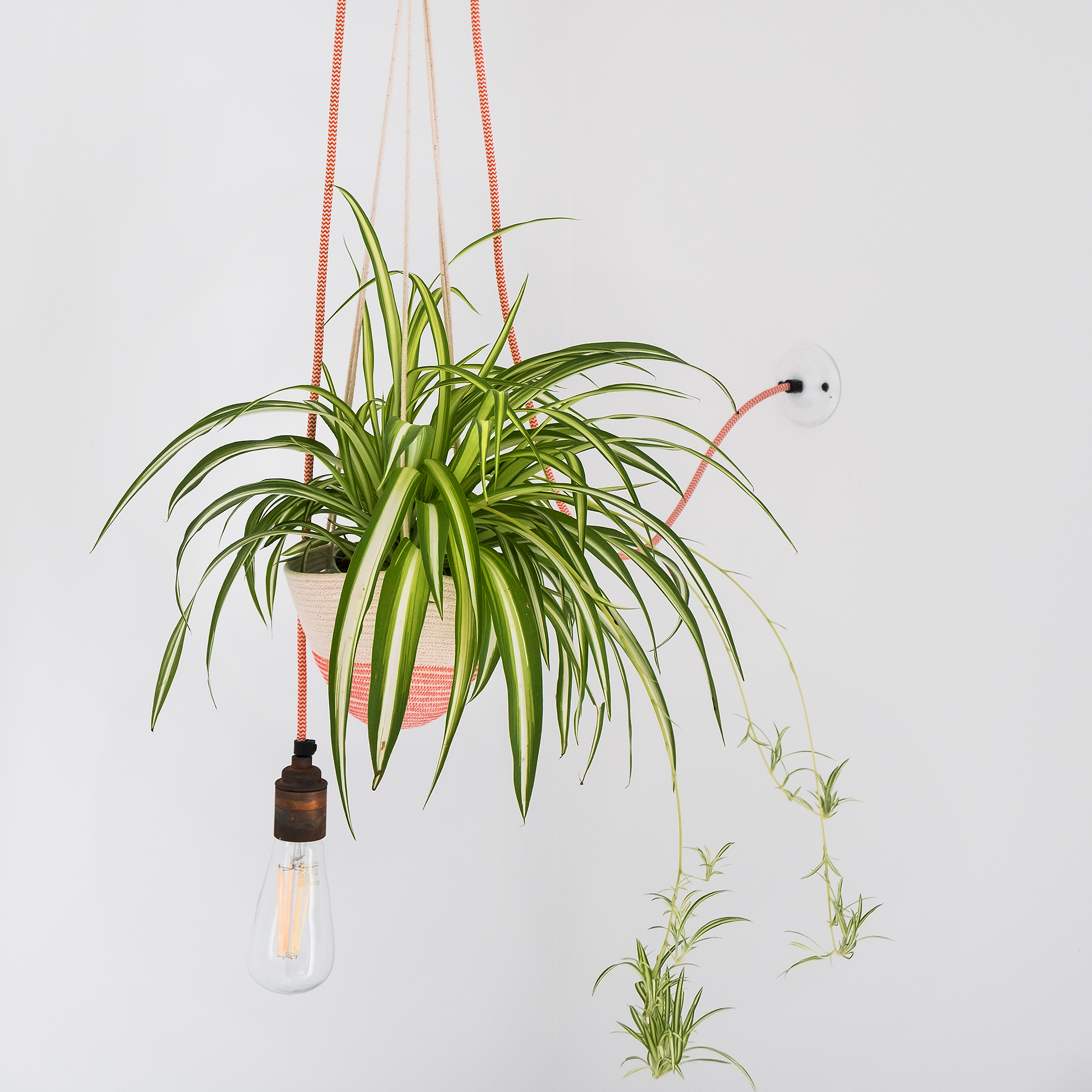
Most people know that air-purifying plants will help you breathe easier, but some of these houseplants can also reduce the amount of dust in your home — which is extremely handy if you want to get rid of dust in a room.
Yes, the best houseplants that reduce dust include spider plants, peace lilies, snake plants, areca palms, and rubber plants, and they’re all extremely accessible both online and in your local garden centre.
These plants act as natural air purifiers, trapping the dust particles on their leaves as they brighten up your home. And while they can be extremely effective in getting rid of dust, it’s important to note that you’ll still need to dust your plants to stop the captured dust from making its way back into your home. It’s best to do this with a damp cloth.
This bundle contains three air-purifying plants that will also help to get rid of dust in your home. And for less than £30, I think this is the ultimate steal.
FAQs
Can you dust with just water?
Yes, you can! Using a damp microfibre cloth is one of the best ways to dust your home, as the moisture coupled with the fibres of the cloth will collect and capture the dust rather than spreading it around your home.
However, it’s important to note that you should only use a small amount of water. Too much water can have the opposite effect and simply wipe the dust from one area of your home to the next.
Does opening windows help with dust?
Opening your windows while you’re cleaning can certainly help with dust, as it gives the airborne particles a chance to leave your home without too much interference on your part. In general, though, opening windows doesn’t really help with dust.
In fact, opening windows can often make the matter worse, as it allows dust and other exterior particles — such as pollen — to enter your home easily. Because of this, it’s best to keep opening your windows to a minimum if you’re worried about the levels of dust in your home.
So, there you have it! That’s how to get rid of dust.







